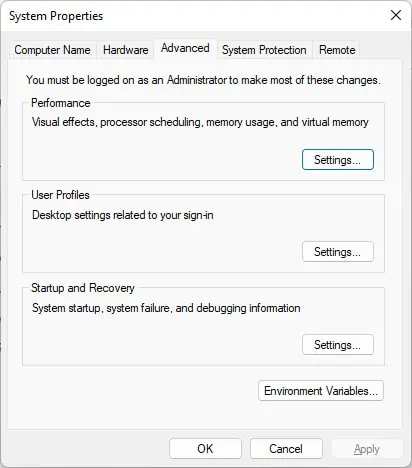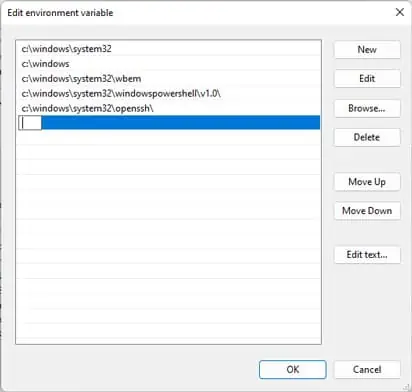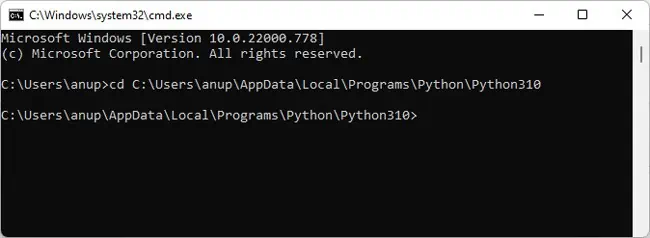Package Installer for Python (PIP) is the preferred package-management system for Python. It’s used to install third-party packages from an online repository called the Python Package Index.
When attempting to install Python packages, you may encounter errors stating PIP is not recognized, command not found, or can’t access the file. In this article, we’ve detailed why such errors occur, as well as how you may fix them.
Why is the PIP Install Not Working?
How to Fix PIP Install Not Working?
In most cases, you won’t encounter this error if you use a Python IDE instead of CMD. However, if you don’t want to use an IDE, or you face this error despite using an IDE, you may try the fixes from the section below to resolve the issue.
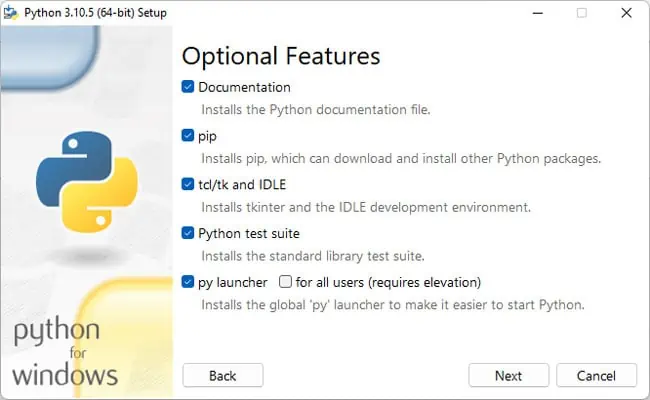
Include PIP During Installation
First, you should ensure that PIP was actually included during the Python installation. Here are the steps to do so:
Add PIP to PATH Variable
As stated, the PIP Install path needs to be added to the PATH system variable for it to work. Otherwise, CMD won’t recognize the command and you’ll encounter the not recognized error. First, you should verify if this is the issue with the following steps:
Depending on your Python version and install location, you may see a path likeC:\Python36\Scripts. This means the PIP path is already added to the PATH variable. If you don’t see it, you may add it via the command line with the following steps:
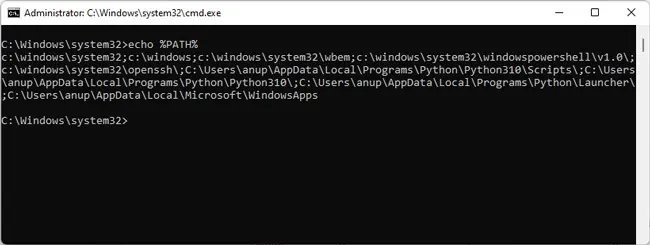
Thecommand-line interfacemethod returns a lot of paths at once, which can get confusing. Instead, you may also check the paths via the GUI. Here are the steps to do so:
Use Correct PIP and Python Version
Thepip install packagenamecommand is generally used to install Python packages. If this command doesn’t work, you may try the commands shown below instead. Don’t forget to replacepackagenamewith the actual package you’re trying to install.
python -m pip install packagename

py -m pip install packagename
